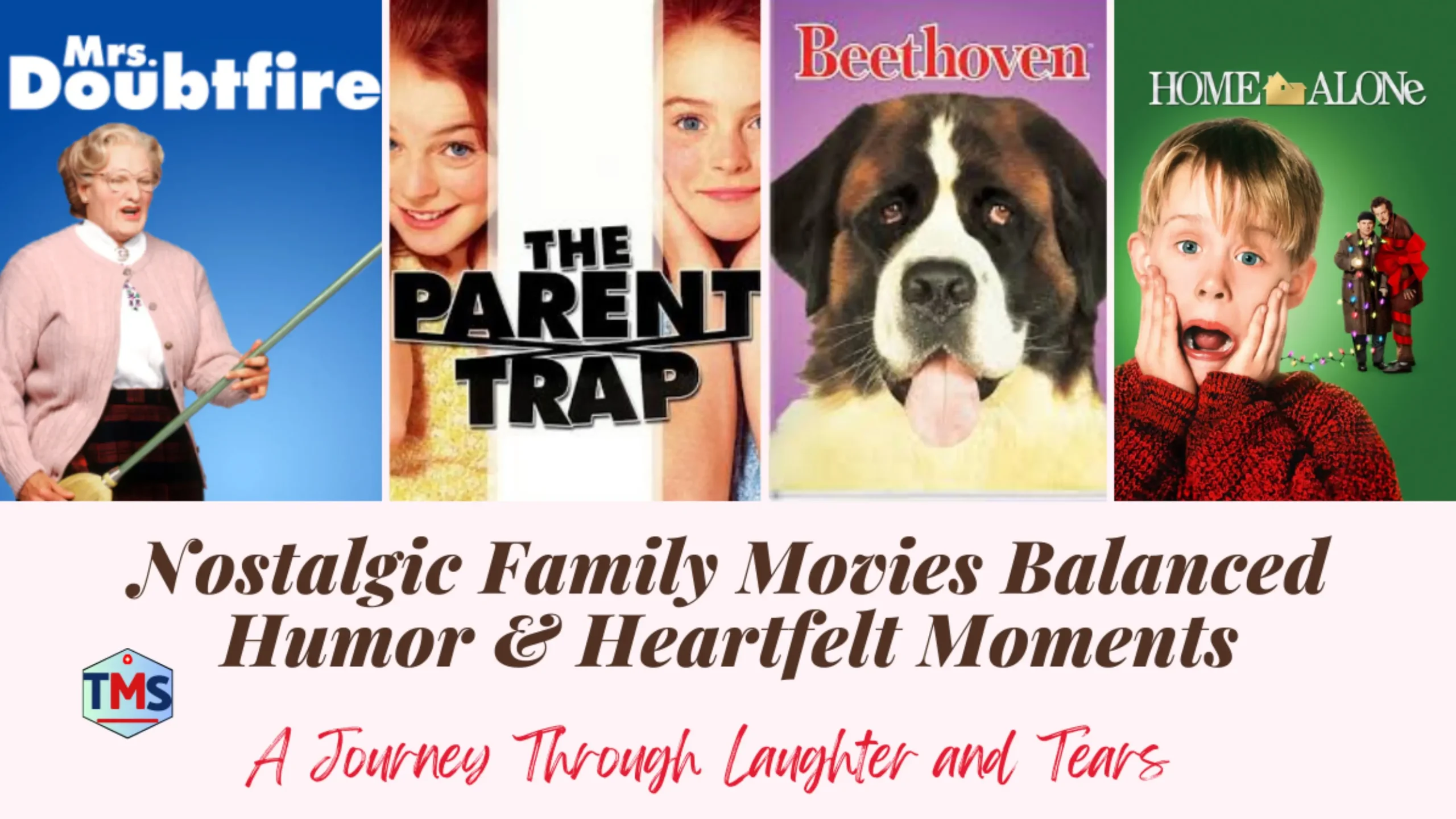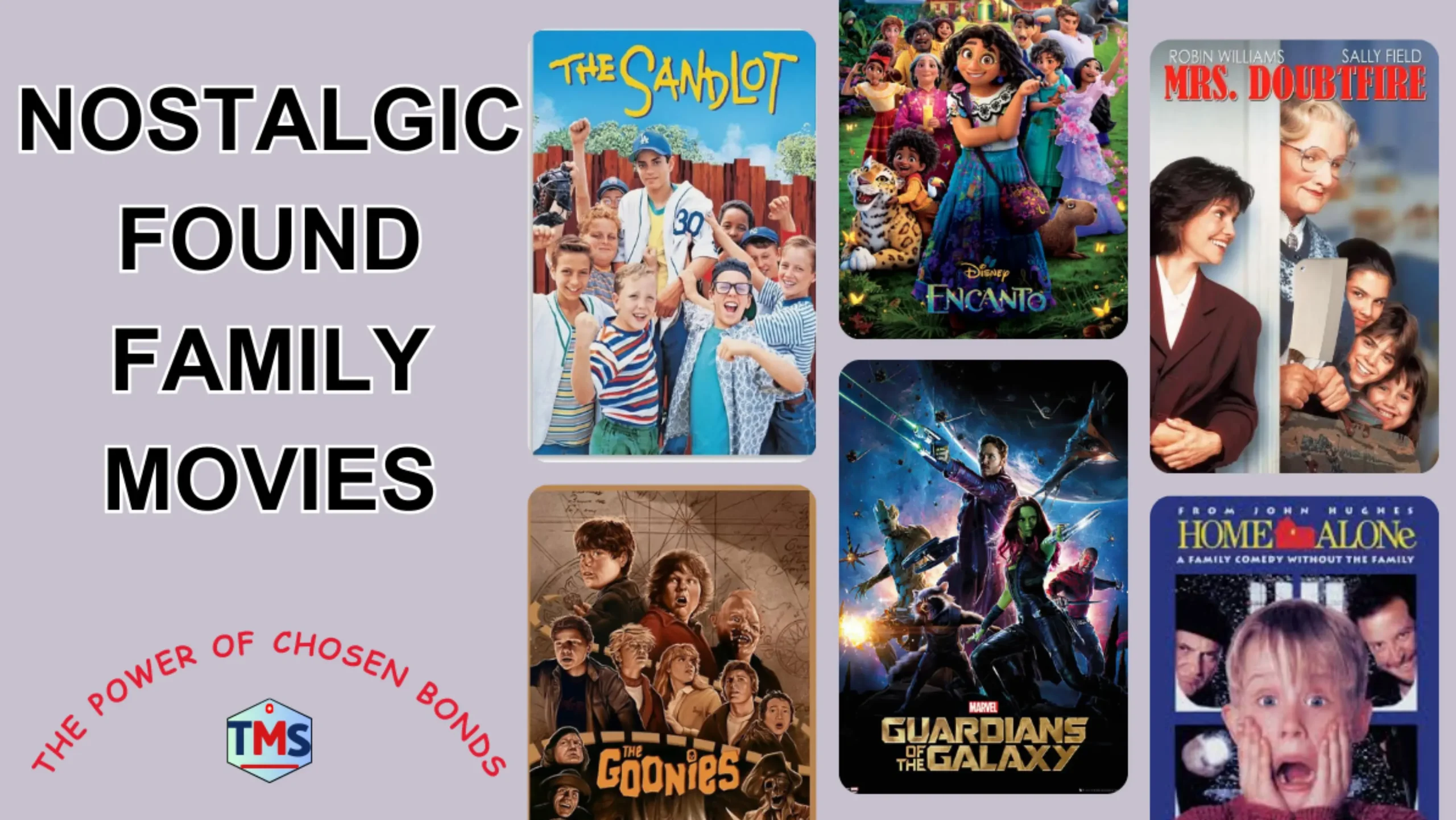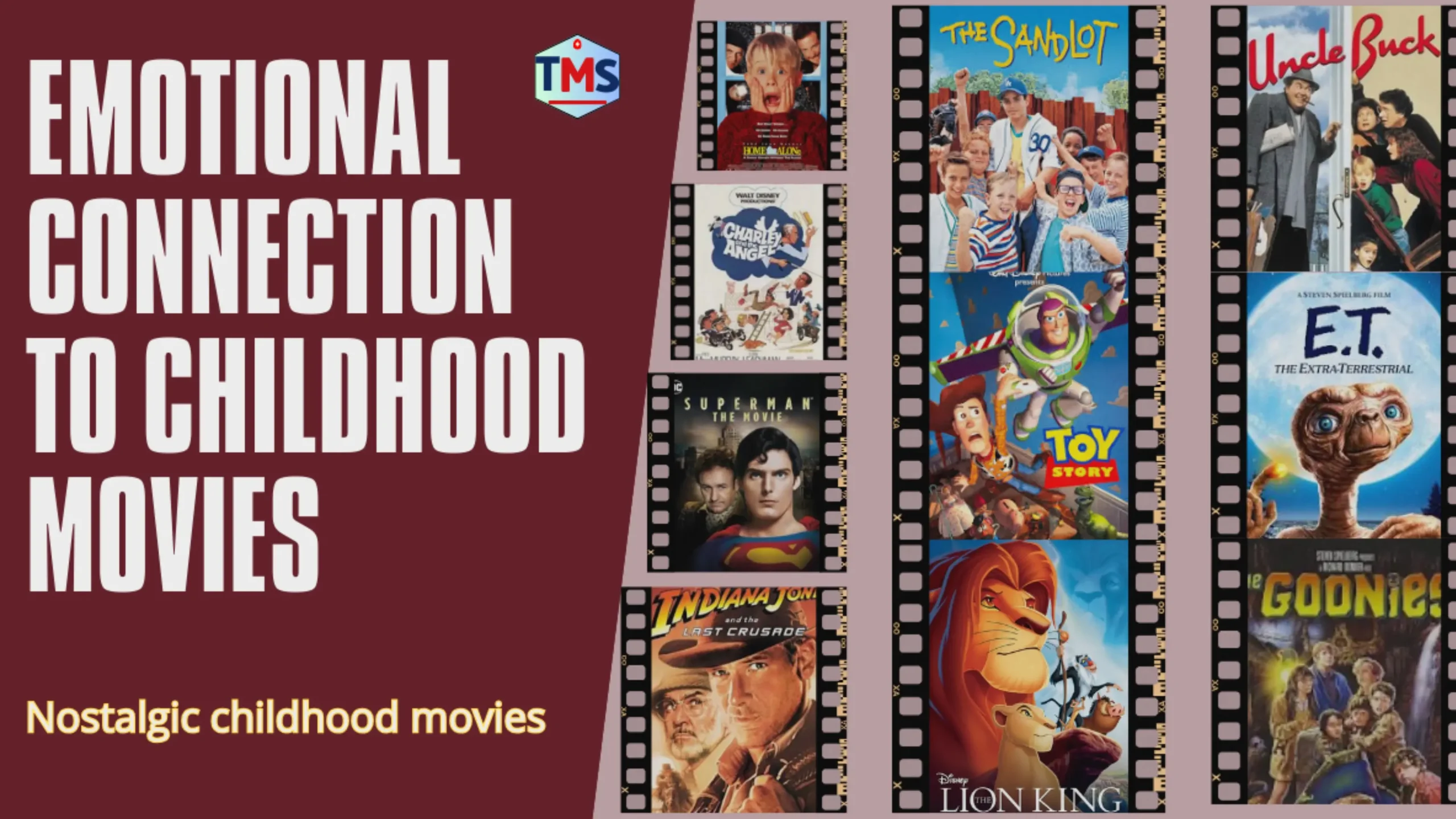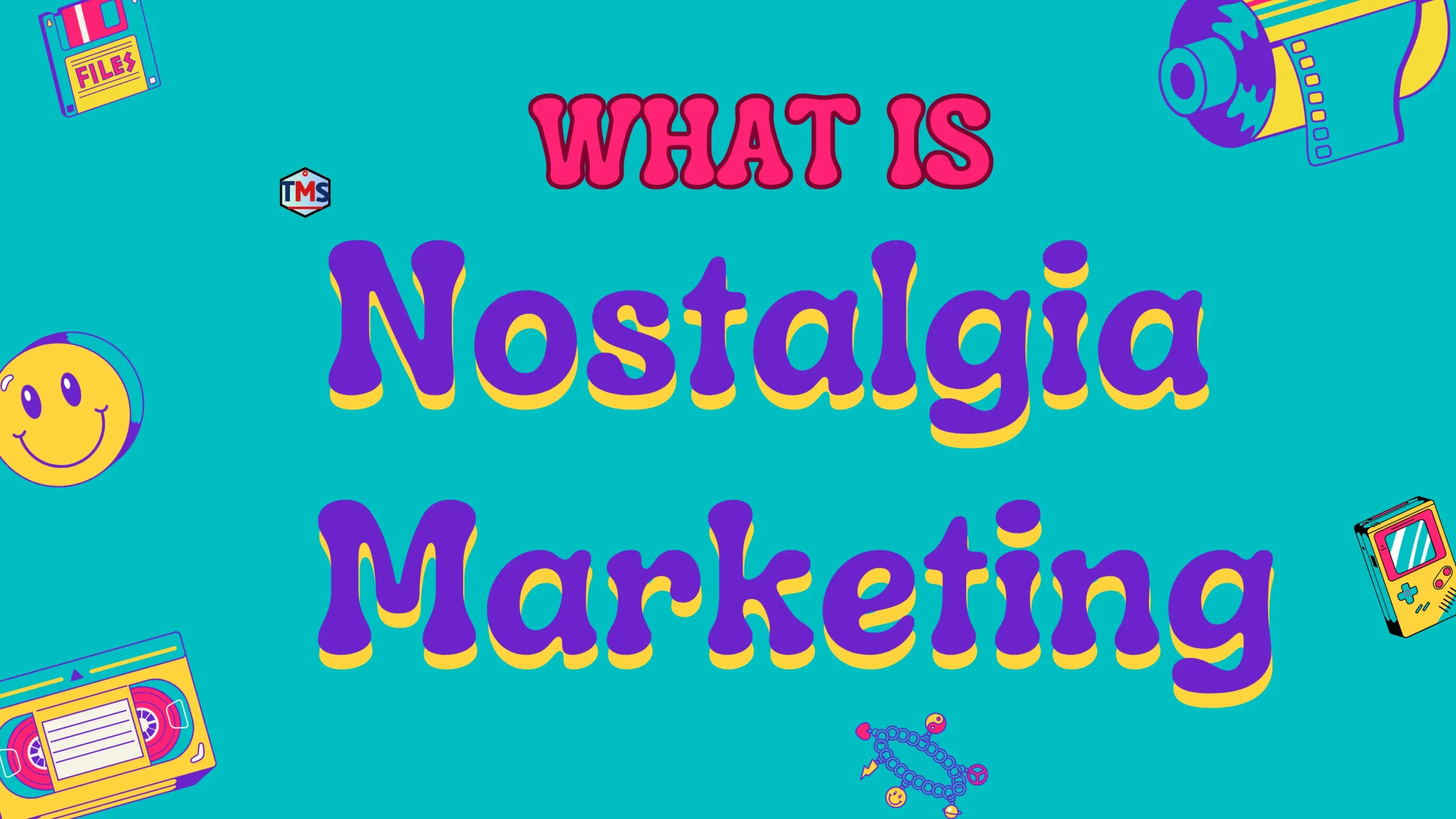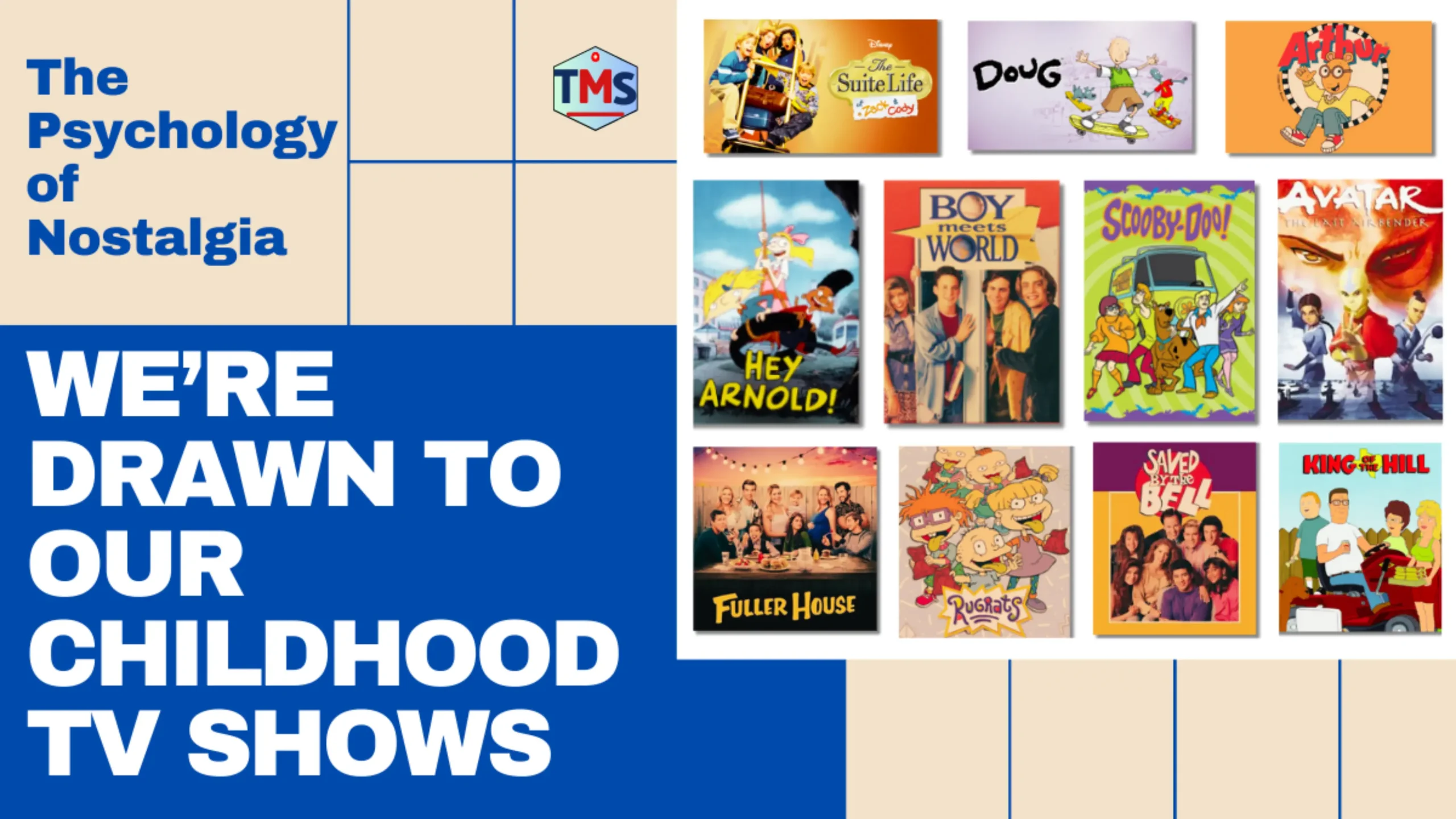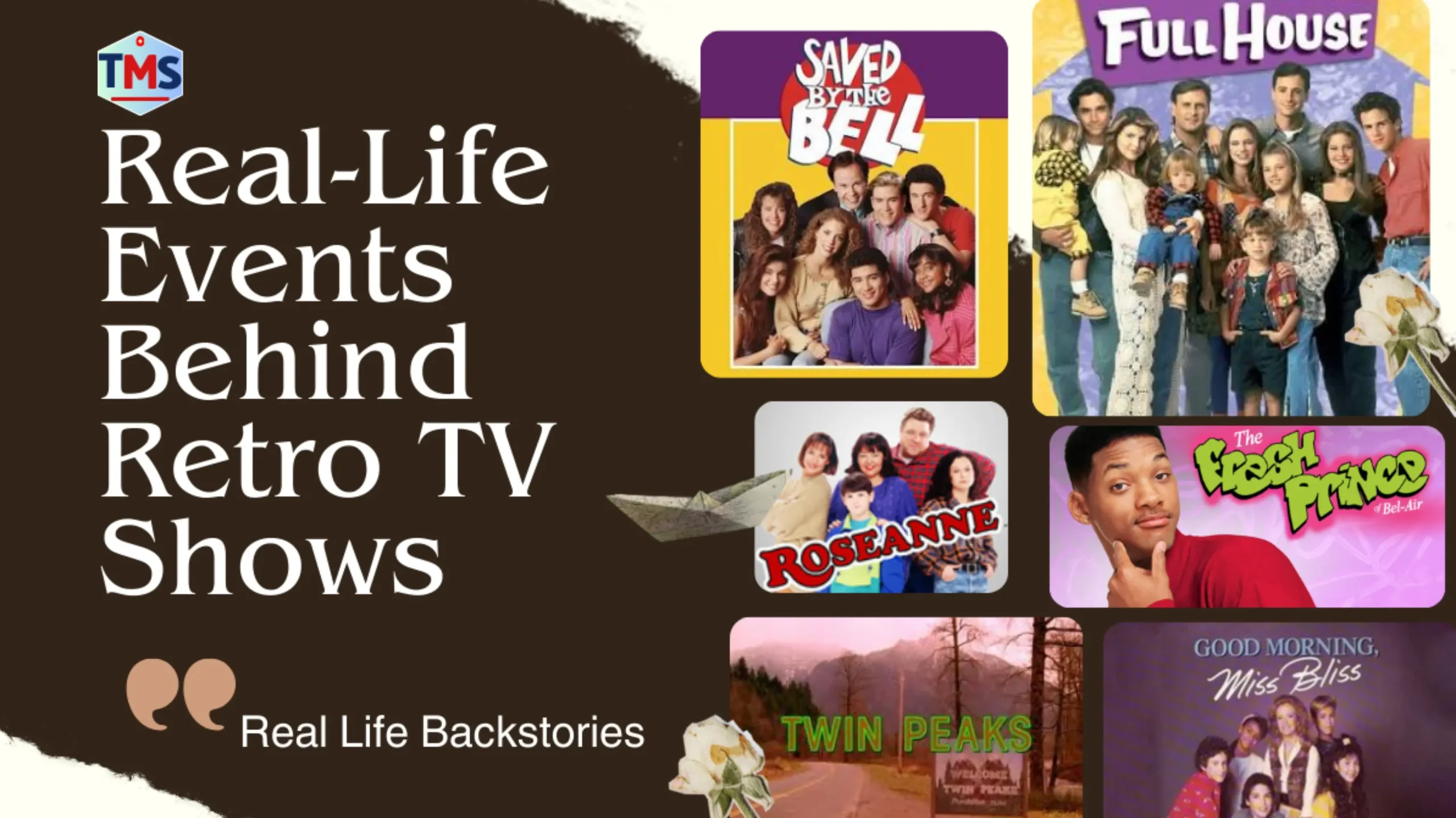Childhood Movies Perfectly Balanced Humor and Heartfelt Moments
Intro
There’s something magical about those nostalgic family movies we all grew up watching. You know the ones—they make you laugh until your sides hurt one minute, then have you reaching for tissues the next. As a lifelong film enthusiast (and self-confessed nostalgic movie junkie), I’ve often wondered how filmmakers achieve this delicate balance between humor and heart. It’s like they’ve discovered an emotional recipe that keeps us coming back decades later, introducing these beloved classics to new generations.
Today, I’m diving deep into how these nostalgic gems manage to strike that perfect chord between making us laugh and tugging at our heartstrings. Because let’s be honest—achieving this balance isn’t just good filmmaking; it’s emotional alchemy.
My Memories
You ever notice how family movies from our childhood just had this perfect balance? They could make you laugh so hard your sides hurt and then, in the very next scene, have you choking back tears. I don’t know how they did it, but man, those movies had a way of sticking with you. Let’s take a trip down memory lane through the laughter and tears.
Take “Mrs. Doubtfire“, for instance. I’ll never forget the first time I watched it. Robin Williams had me in stitches with his over-the-top impressions and those wild disguises. But then, there’s that scene near the end—you know the one, where Daniel explains to his kids why he and their mom can’t be together anymore. It’s like a gut punch. As a kid, I didn’t fully understand it, but I felt it. That’s the magic of these movies. They weren’t just funny; they were honest.
Or think about “The Parent Trap” — the Lindsay Lohan version, of course. Sure, it’s hilarious watching her play both twins, scheming to bring their parents back together. The pranks, the bickering, the iconic handshake with Martin—classic! But then you get to those quiet moments, like when Hallie meets her mom for the first time. It’s so tender and real that you almost forget you’re watching a movie. It’s like they knew how to tap into something deeper, even in the middle of all the comedy.
What made these movies so special is that they didn’t shy away from tough stuff. They tackled real-life issues: divorce, loss, growing pains. But they didn’t weigh you down with it. Instead, they used humor to make those moments easier to digest. Like in “Beethoven” — sure, it’s about a slobbering, mischievous dog, but it’s also about a family learning to come together. The laughs softened the lessons, making them hit even harder when they finally landed.
And let’s not forget “Home Alone“. That’s a comedy masterclass if there ever was one. Kevin’s antics with the Wet Bandits are downright iconic. But then there’s that moment in the church when he talks to Old Man Marley about family. It’s quiet, heartfelt, and so genuine. It’s like the movie is saying, “Hey, it’s okay to laugh, but don’t forget what really matters”.
I think what really made these movies work is how they never talked down to kids. They trusted us to handle big emotions. They didn’t hide the hard truths; they wrapped them in laughter and let us figure it out along the way. It’s like they understood that humor and heart aren’t opposites—they’re partners. Together, they create stories that stay with you, long after the credits roll.
Even now, when I rewatch these movies, I feel that same mix of joy and warmth. They remind me of sitting on the living room carpet, surrounded by family, popcorn in hand. They remind me of a time when life felt simpler but still full of meaning. And honestly? They remind me why I love movies in the first place. Because when you get it right, when you balance the humor and the heart, you create something timeless. Something that, years later, still makes you laugh and cry like it’s the first time.
Nostalgic Family Movies Still Make Us Laugh and Cry
The Art of Emotional Counterpoint
The most memorable family films understand something fundamental about human emotion: contrast creates impact. Much like how a chef pairs sweet with salty to enhance both flavors, directors juxtapose humor and heartfelt moments to amplify their emotional resonance.
Take “E.T. the Extra-Terrestrial,” for instance. Remember when Elliott’s brother, Michael, discovers E.T. in the closet and screams in terror? That moment of pure comedy—his exaggerated reaction and facial expression—comes shortly before we witness the tender scene of Elliott and E.T. forming their psychic connection. This juxtaposition makes the subsequent bonding feel more profound.
I noticed this technique recently when rewatching “Mrs. Doubtfire.” Robin Williams’ hilarious cake-face disguise and impromptu British accent when his ex-wife unexpectedly arrives home creates belly laughs. Yet minutes later, when we see the pain in his eyes as he must pretend to be someone else just to spend time with his children, the contrast hits like an emotional sledgehammer.
This isn’t accidental. Filmmakers understand that laughter opens emotional pathways, making us more receptive to deeper feelings. They’re essentially priming our emotional pump with humor before delivering the heartfelt payload.
Character Vulnerability Through Comedy
One of the most ingenious techniques these films employ is using humor to reveal character vulnerability. Comedy often serves as the spoonful of sugar that helps the medicine of emotional growth go down.
In “The Princess Bride,” Westley’s witty banter and Inigo Montoya’s memorable one-liners aren’t just there for laughs—they reveal the characters’ coping mechanisms. When Inigo finally confronts the six-fingered man with his iconic “Hello, my name is Inigo Montoya” speech, it lands with such emotional weight precisely because we’ve laughed with him throughout the journey.
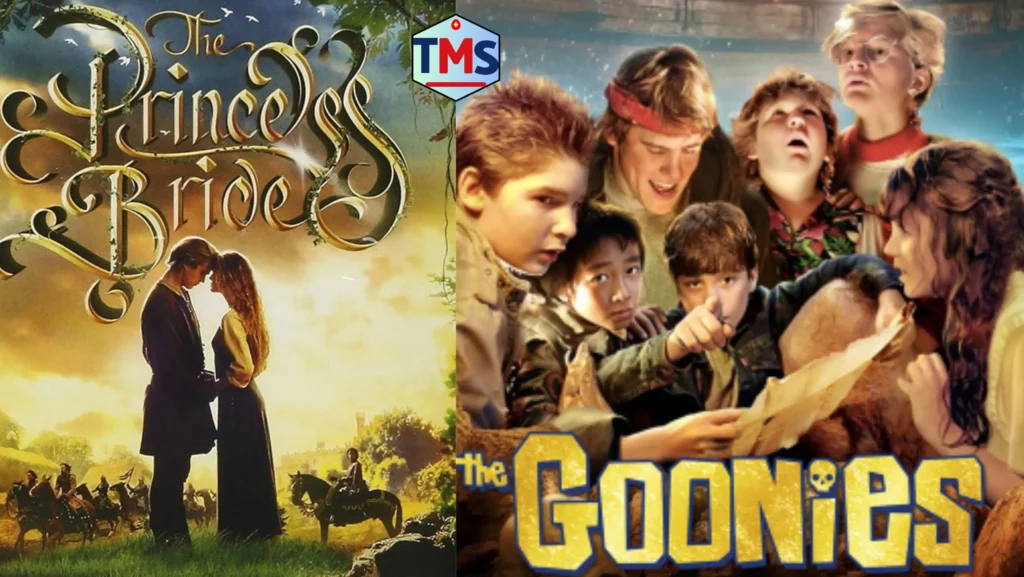
I’ve always found “Back to the Future” particularly masterful at this technique. Marty McFly’s awkward humor and fish-out-of-water moments in 1955 (like his “Calvin Klein” underwear) make us laugh, but they simultaneously highlight his vulnerability. He’s a teenager completely out of his element, terrified he might erase his own existence. The humor doesn’t diminish the stakes—it humanizes them.
This approach works because it mirrors real life. Don’t we often joke about things that make us uncomfortable or vulnerable? These movies recognize that humor isn’t the opposite of emotional depth—it’s often the doorway to it.
Juxtaposition: The Emotional One-Two Punch
The strategic placement of comedic scenes directly before or after heartfelt ones creates a powerful amplification effect. This juxtaposition works because it mirrors how we process emotion in real life—we often laugh to release tension after emotional moments or find ourselves blindsided by profound feelings in the midst of joy.
Few films exemplify this better than “The Goonies.” The absolutely hilarious confession scene with Chunk being interrogated by the Fratellis (complete with blender threats and childhood confessions) transitions directly into the emotionally revealing moment where Chunk meets Sloth. This sequence works because the humor disarms us before the film presents its message about looking beneath the surface and finding friendship in unexpected places.
Similarly, “Toy Story” gives us the uproarious scene of Buzz Lightyear’s “tea party” with the little girl’s toys, only to follow it with his devastating realization that he is, indeed, just a toy. The humor doesn’t undercut the emotional impact—it magnifies it through contrast.
I’ve found that films that attempt to be continuously dramatic without humor often feel less emotionally impactful than those that understand the power of this juxtaposition. Our emotional receptors need that variety to remain sensitive.
The Language of Emotion: Dialogue and Subtext
The most quotable lines from nostalgic family films often carry dual emotional payloads—surface humor with deeper meaning underneath. It’s like emotional ventriloquism, where the funny line throws the heartfelt voice.
“The Princess Bride” delivers a masterclass in this technique. When Westley tells Buttercup, “As you wish,” it’s initially charming and slightly humorous in its repeated use. Only later do we understand it’s been his way of saying “I love you” all along. The comedy creates a comfortable entry point to a deeper emotional revelation.
“Field of Dreams” uses a similar approach with its famous “If you build it, he will come” line. The initially absurd premise (building a baseball diamond in a cornfield) carries comedic undertones, but gradually transforms into one of cinema’s most touching father-son reconciliation stories.
This layered dialogue works because it respects the audience’s emotional intelligence. We don’t need to be hit over the head with sentiment—the best films trust us to connect the dots between the humorous surface and the emotional depths.
The Music of Emotion
Music plays a crucial role in navigating the transitions between humor and heart. Composers for these beloved films develop distinct musical motifs that signal emotional shifts without being manipulative.
John Williams’ score for “E.T.” uses playful, mischievous themes during humorous sequences, but gradually introduces those iconic, soaring string arrangements as the emotional stakes increase. The music doesn’t suddenly change—it evolves, helping guide our emotional journey.
Alan Silvestri’s “Back to the Future” score operates similarly, with bouncy, energetic themes for the comedic chase sequences gradually giving way to more emotionally resonant arrangements during pivotal family moments. The music acts as an emotional translator, helping us process the shifts between humor and heart.
Next time you watch your favorite nostalgic film, pay attention to how the music subtly shifts before you’re even consciously aware that the emotional tone is changing. It’s like an emotional advance team, preparing your heart for what’s coming.
Cinematography: Framing Feeling
The visual language of these films contributes significantly to their emotional impact. Directors and cinematographers make deliberate choices about framing, lighting, and camera movement to enhance both comedy and poignancy.
Comedy often thrives in wide shots where we can see physical relationships between characters and their environment. Think about the elaborate contraptions in “The Goonies” or the home defense systems in “Home Alone.” The wider frame lets us appreciate the full comedic scenario.
Emotional moments, however, frequently move to medium shots and close-ups. When Elliot says goodbye to E.T., the camera pushes in tight on their faces. When Forrest sits by Jenny’s grave, we see his expression in intimate detail.
This visual journey from wide to close mirrors our own emotional process—we may approach feelings from a safe distance, but true emotional connection requires proximity and focus.
Catharsis: The Emotional Payoff
The masterful blend of humor and heart in these films ultimately leads to something the ancient Greeks understood well: catharsis. This emotional release happens when we’ve been taken through a full spectrum of feelings and emerge somehow cleansed or renewed.
“The Iron Giant” exemplifies this perfectly. We laugh at the giant’s discoveries of human objects and Hogarth’s attempts to hide him, but these comedic elements make the giant’s final sacrifice (“Superman…”) all the more powerful. The film earns its emotional climax because it has balanced humor and heart throughout.
I often find myself most deeply moved by films that have made me laugh genuinely before asking me to feel deeply. It’s as if the laughter creates trust between filmmaker and audience—a trust that allows us to be more emotionally vulnerable when the story requires it.
Conclusion: The Emotional Alchemy
Creating the perfect balance between humor and heart isn’t just good filmmaking—it’s emotional alchemy that transforms entertainment into enduring art. These nostalgic family films understand something profound about the human experience: that laughter and tears aren’t opposite emotional states but complementary ones, each enhancing the other’s potency.
As I rewatch these beloved classics, I’m increasingly convinced that their enduring appeal lies precisely in this balance. They reflect life as we actually experience it—a mixture of the funny and the profound, often occurring in such quick succession that we barely register the transition.
The next time you find yourself simultaneously laughing and reaching for tissues during a nostalgic movie night, remember: that emotional roller coaster isn’t an accident. It’s the result of masterful storytelling that understands our hearts respond most powerfully not to isolated emotions but to their harmonious interplay.
And really, isn’t that the magic of movies? Not just to make us feel one thing deeply, but to help us feel everything fully.
Podcast with Daniel Z. Lieberman, MD, and Michael E. Long
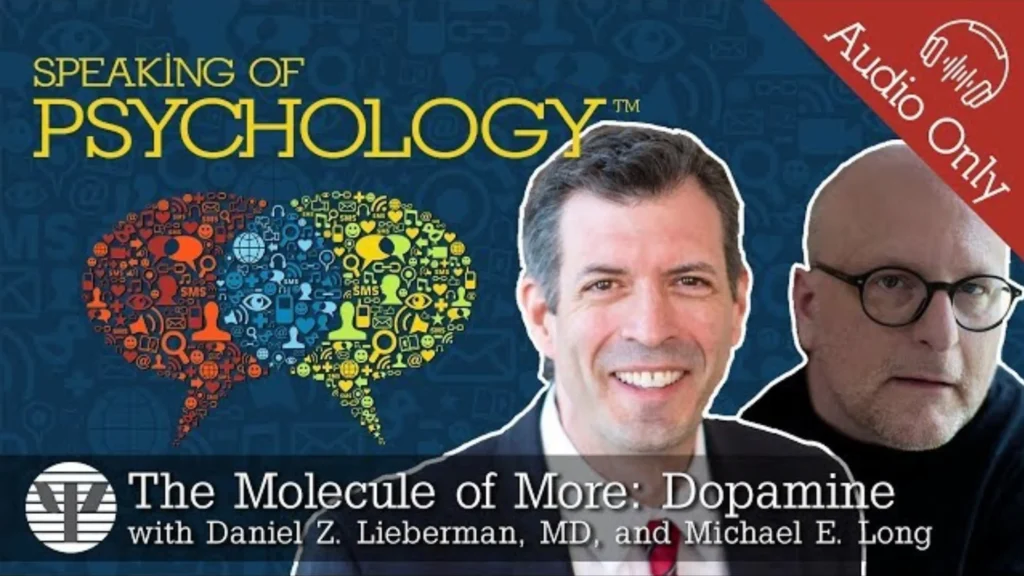
Frequently Asked Questions (FAQs)
What makes the emotional moments in nostalgic family movies feel authentic?
Emotional moments feel authentic because they’re earned through character development, grounded in relatable universal experiences, delivered by characters we’ve connected with through humor, and balanced with comedy in a way that reflects real human emotional experiences.
What psychological effect does the humor-heart balance have on viewers?
The humor-heart balance creates emotional engagement without overwhelming viewers, triggers both dopamine (humor) and oxytocin (emotion) release creating a satisfying neurological experience, builds trust between filmmaker and audience, and mirrors healthy emotional processing.
Why do filmmakers use humor before introducing serious themes in family movies?
Filmmakers use humor before serious themes to establish audience connection in a non-threatening way, create character likability before emotional investment, provide contrast that amplifies emotional impact, and create a safe emotional environment for exploring deeper themes.
How has the balance of humor and heart in family films changed over decades?
Modern family films often feature more rapid transitions between humor and heart compared to older classics, incorporate more meta-humor alongside emotion, address more complex emotional themes while maintaining comic relief, and are more likely to include humor during traditionally serious scenes.
Why are nostalgic family films that mix humor and heart so rewatchable?
These films are highly rewatchable because they create emotional variety that prevents fatigue, offer different layers of appreciation at different ages, establish emotional memories connected to both laughter and tears, and provide a complete emotional experience that feels satisfying upon repeat viewing.
How do directors visually signal shifts between humor and emotion?
Directors signal shifts between humor and emotion by changing from wide shots (comedy) to close-ups (emotion), adjusting lighting from bright to intimate, slowing the pacing and camera movement, and using specific transitions that subtly prepare viewers for emotional tone changes.
Why do emotional scenes in family movies feel more powerful after humorous moments?
Emotional scenes feel more powerful after humorous moments because laughter creates emotional receptivity, humor establishes character connection before emotional investment, the contrast heightens impact, and comedy provides psychological safety to approach deeper feelings.

